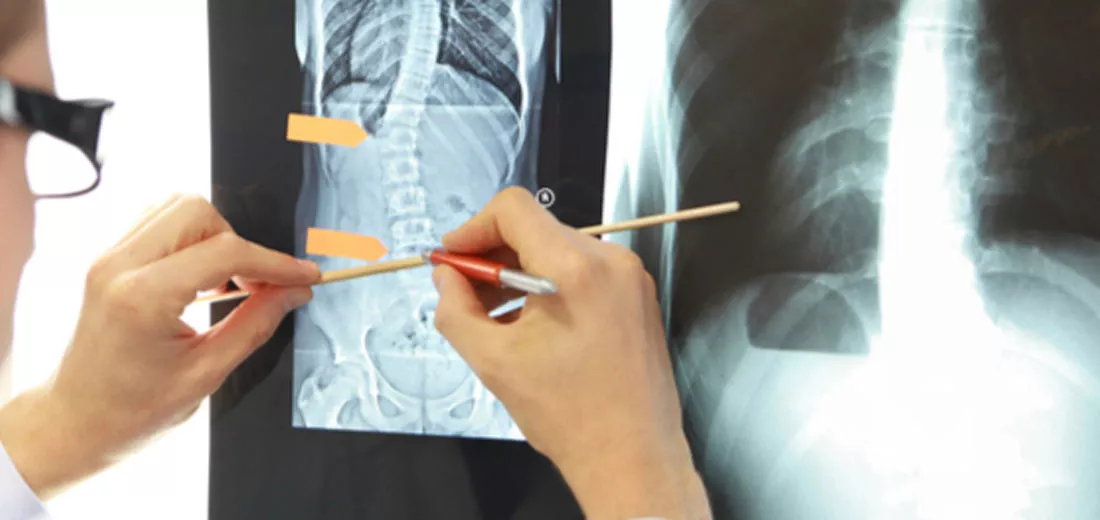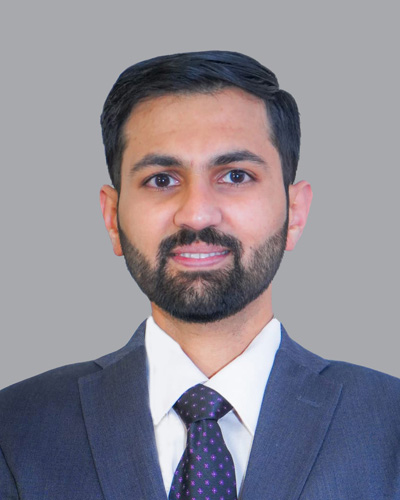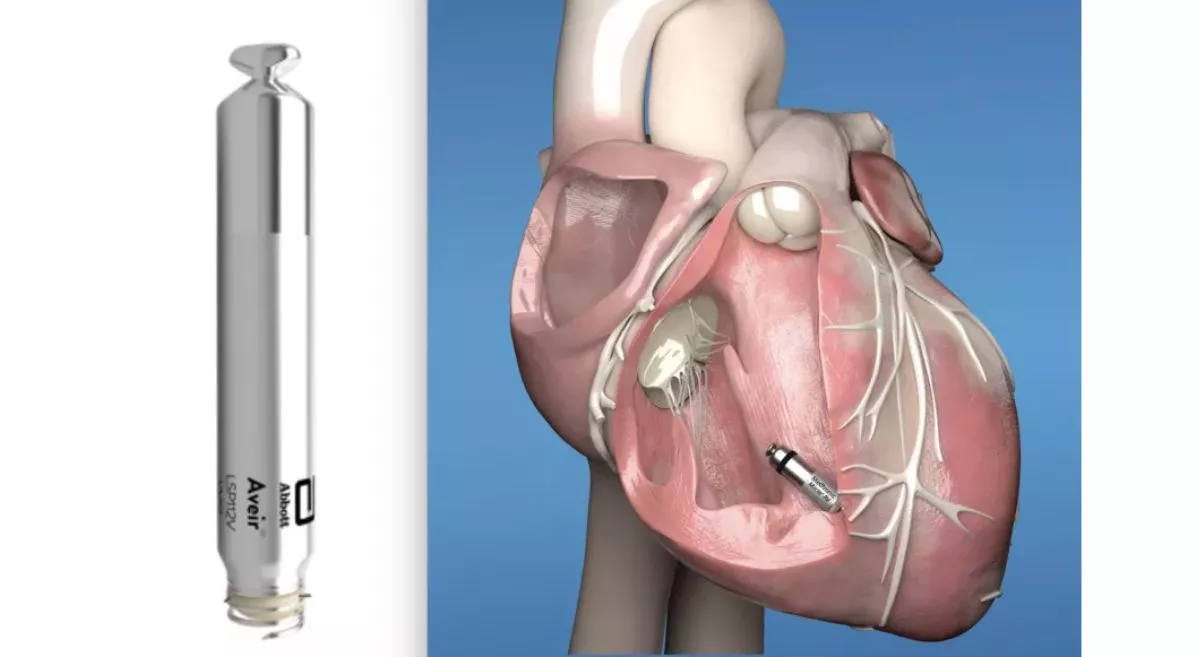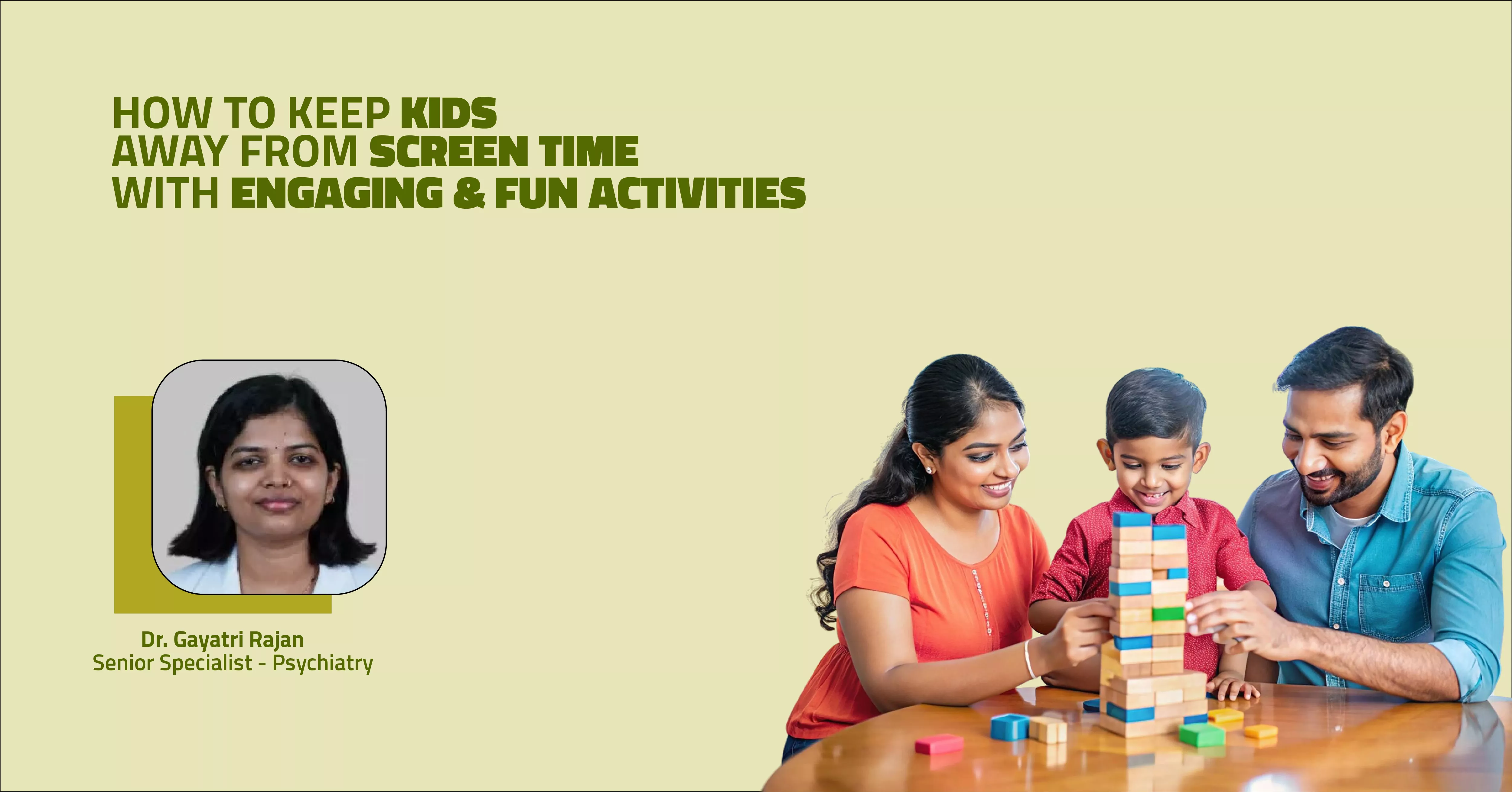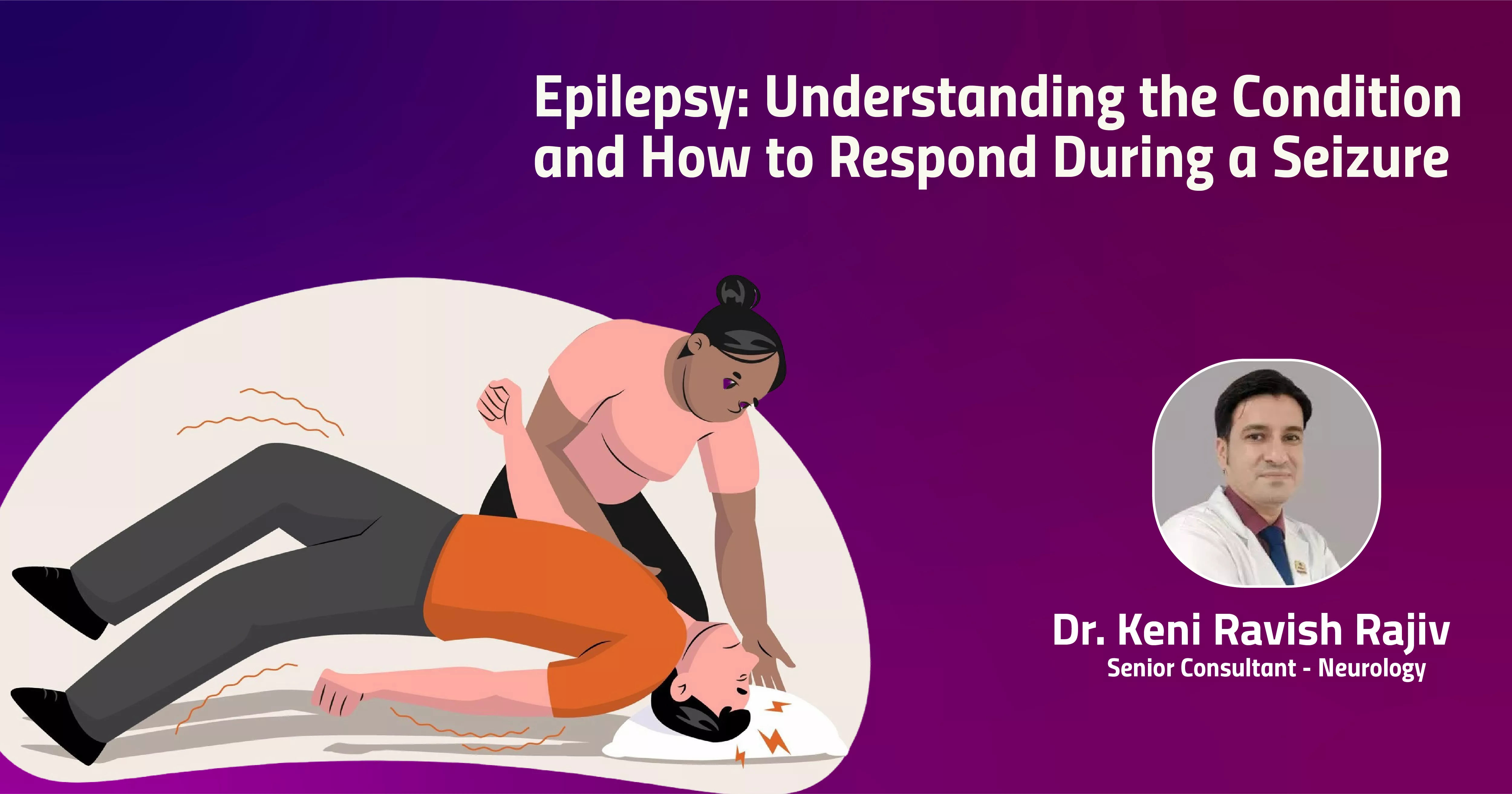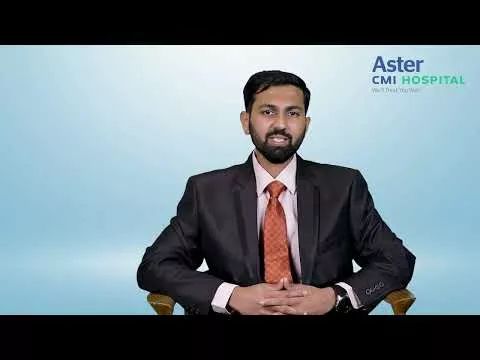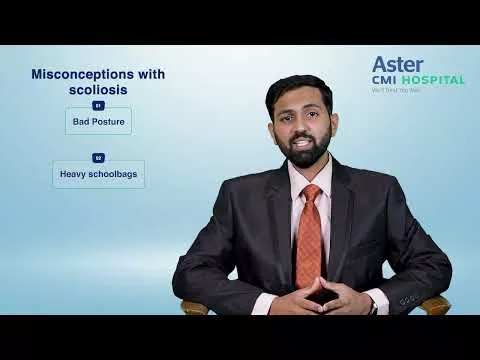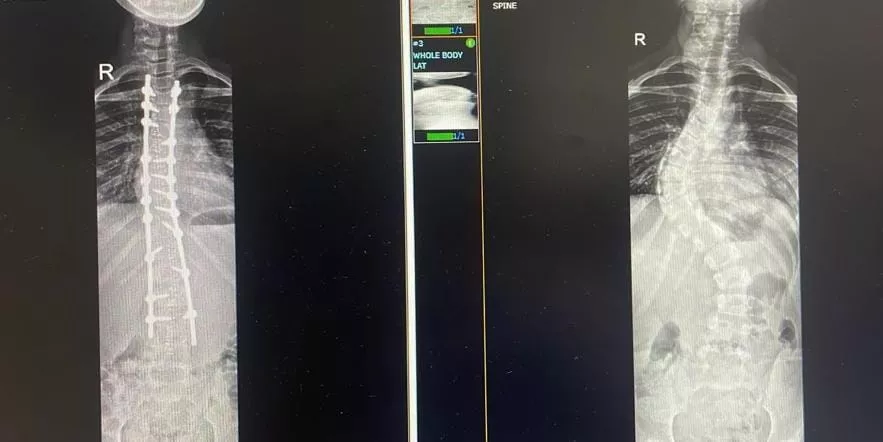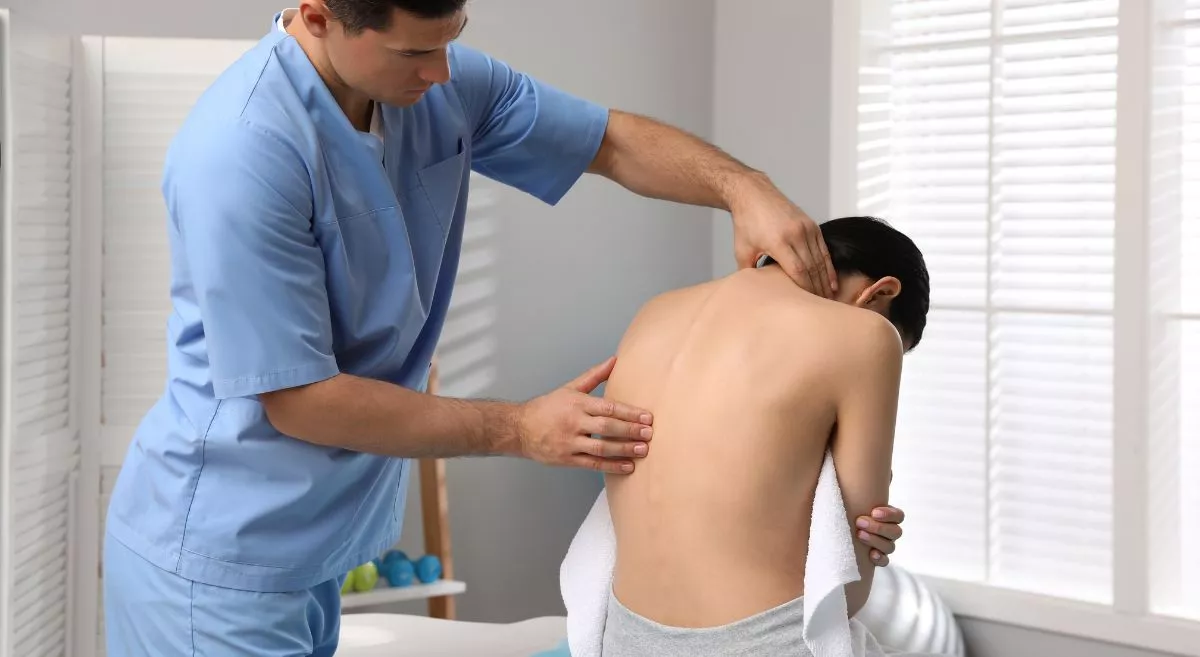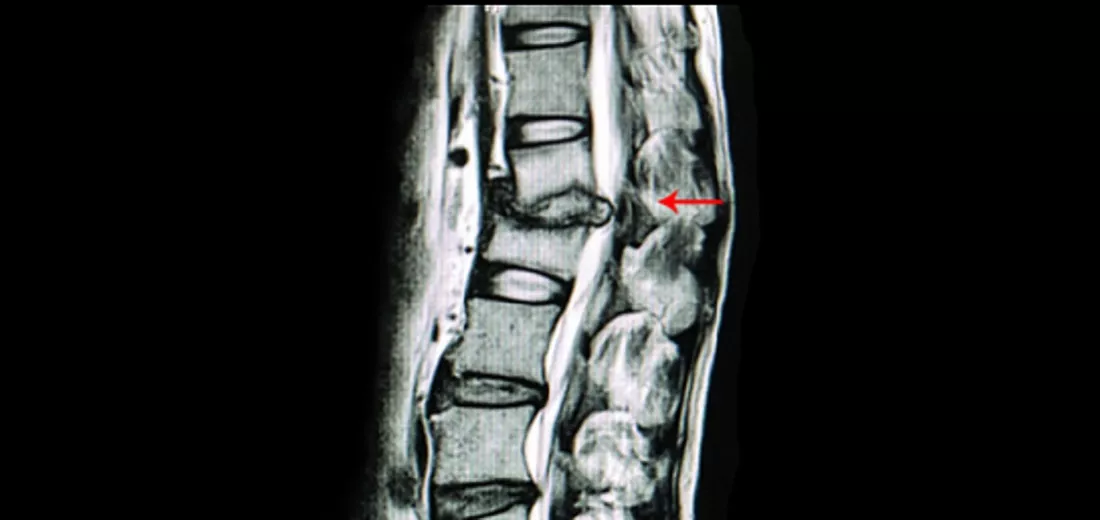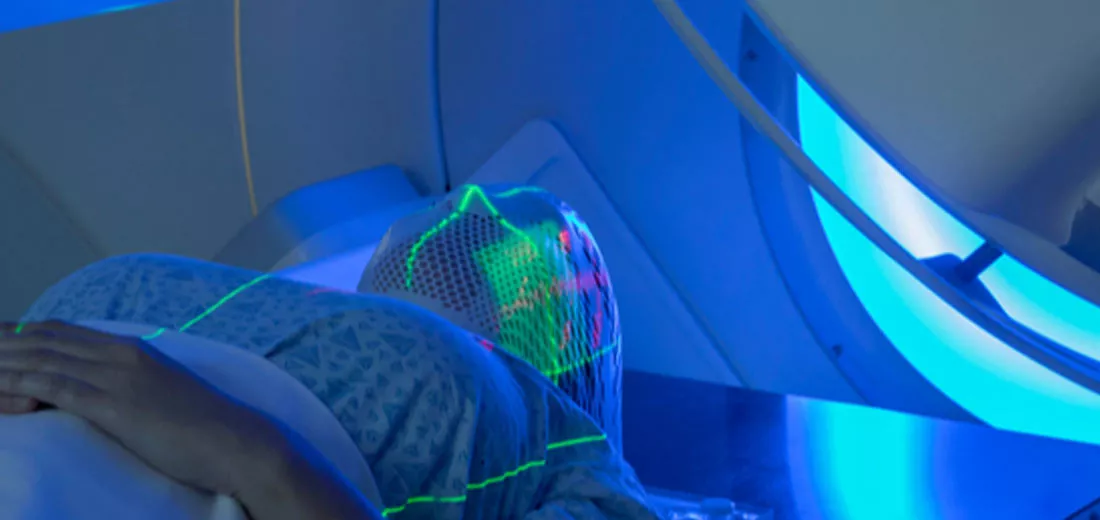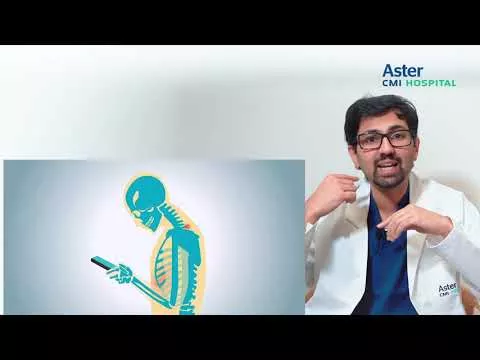What do people like Usain Bolt, Elizabeth Taylor, Kurt Cobain, James Blake, King Edward III of England, and Princess Eugenie of York have in common? Well, they all have had scoliosis. Approximately, 5-7 per cent of people in the world are affected by this condition.
Every year, the month of June is celebrated as scoliosis awareness month. The last Saturday of the month is observed as International Scoliosis Awareness Day and this year it is 27th June. The aim is to create awareness about this condition by public education and to bring together those affected by it.
What exactly is scoliosis?
Scoliosis comes from a Greek word which means curvature. Scoliosis was first described by the Greeks and Hippocrates was one of the first physicians to treat Scoliosis.

Basically, Scoliosis is a complex spinal deformity. Simply put, it refers to an abnormal curvature in the spine. It starts to bend to the right or left, forming a “C” or “S” shaped curve. According to the Scoliosis Research Society, typically, any lateral curvature of the spine that deviates for more than 10 degrees is considered to be scoliosis.
Whom does scoliosis affect and what causes it?
Scoliosis can be usually seen affecting children, from new-borns to teenagers, and sometimes even adults. Different types of scoliosis may develop in different age groups.
In children born with scoliosis or those developing the condition at an early age (below 10 years), it is known as “early onset scoliosis”. More commonly, scoliosis is seen in teenagers, between 10 to 17 years of age - this is called “adolescent idiopathic scoliosis (AIS)”. Like the name suggests, the exact cause of the disease remains unknown. Idiopathic scoliosis can occur in both girls and boys; however, girls are more at risk of having their curves increase in size as they grow.
“Syndromic Scoliosis” is another variety that can manifest as a consequence of diseases such as those affecting the neuromuscular system including polio, cerebral palsy, myopathy, among others.
The adult form of scoliosis is usually seen in the elderly population. “Adult degenerative scoliosis” results from wear-and-tear, degeneration of the discs, arthritis and inflammation of the facet joints, collapse of the disc space, leading to instability and a sideward bending deformity of the spine.
How does scoliosis manifest?
Scoliosis involves rotation of the vertebral bones and along with it, the structures attached to the spine also may become deformed. Parents of children with scoliosis usually note one or more changes such as unevenness of waist, one hip higher than the other, one shoulder higher than the other, one shoulder blade becoming more prominent, chest shifting to one side or an unevenness of the front of the chest. There may also be an abnormal projection of the ribs on one side called a rib hump.
Adolescents with scoliosis may not feel any pain initially, though, in advanced situations, there may be a significant cosmetic deformity leading to psychological trauma and even depression. In some cases, due to changes in the chest shape, the lungs may get compressed resulting in reduced respiratory capacity with breathing difficulty.
Adults, on the other hand, may develop back pain in addition to deformity. Leg pain, numbness, tingling and inability to stand or walk for long are also seen because of nerve compression.
What next? - Early evaluation and treatment is key!
Scoliosis is a progressive disease. The good news is that most patients can be treated in the initial stages without surgery, using a combination of observation, preventive exercise therapy and in some cases spinal bracing.
Any spinal curvature can get worse especially during a teenager's growth spurt. It is this time when parents need to watch teenagers very closely and be proactive with their care. Screening programmes in schools could be an effective measure to trace the disease in children.
As most teenagers with AIS do not have much pain, they can be expected to live a full normal quality of life. About 1 in 1000 teenagers end up having a scoliosis that gets worse to the point where surgery is required. The goal of the surgery is to straighten the spine and prevent further progression of the scoliosis. When we correct the curve, our goal is to get the best functional and cosmetic result. Surgery involves instrumentation to correct and de-rotate the spine back to a more normal alignment. Most teenagers who do need surgery do exceptionally well and get back to their full life without pain once they are treated.
The problem is patients visit hospitals only when the deformity gets severe. Early treatment is necessary to prevent and correct the spinal deformity before the curve becomes stiff. Those with larger, untreated curves (over 45 to 60 degrees) are more likely to develop back pain, particularly in the lower back. Surgery in these cases might also be more complicated. Scoliosis can be best treated when the spine is flexible, and correction of the deformity becomes easier. So, treatment should be initiated as soon as it is detected by a scoliosis expert such as a spine surgeon.
Nowadays, modern techniques of spinal fusion have developed to a point where we can address just the most severely curved part of the spine to correct it and straighten it and thus allowing the rest of the spine which is more normal to straighten on its own. The importance of this is that leaving as much of the spine intact and untouched as possible creates the situation where patients have a more normal life. With the advent of better technology such as 3D imaging systems like O-arm®, Neuro-navigation and Intraoperative neuromonitoring, spine deformity surgery has become more safer, with improved accuracy and better outcomes.
